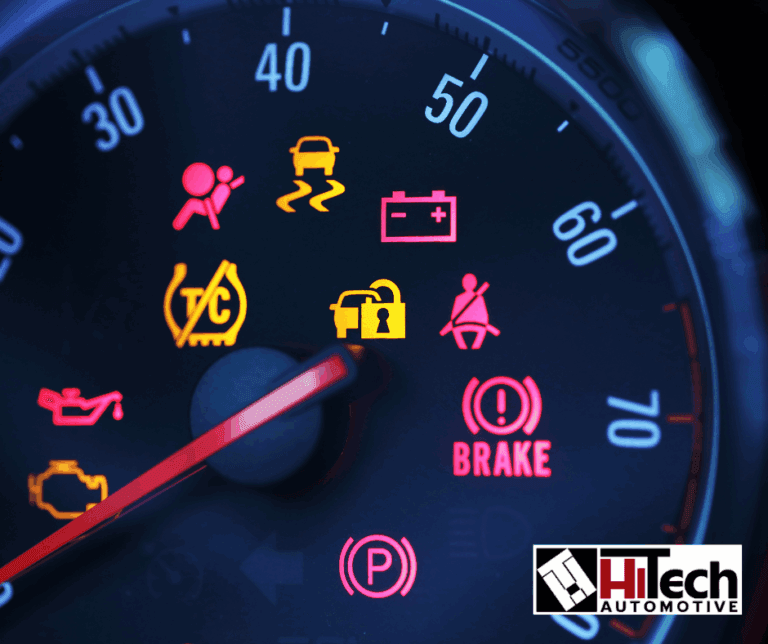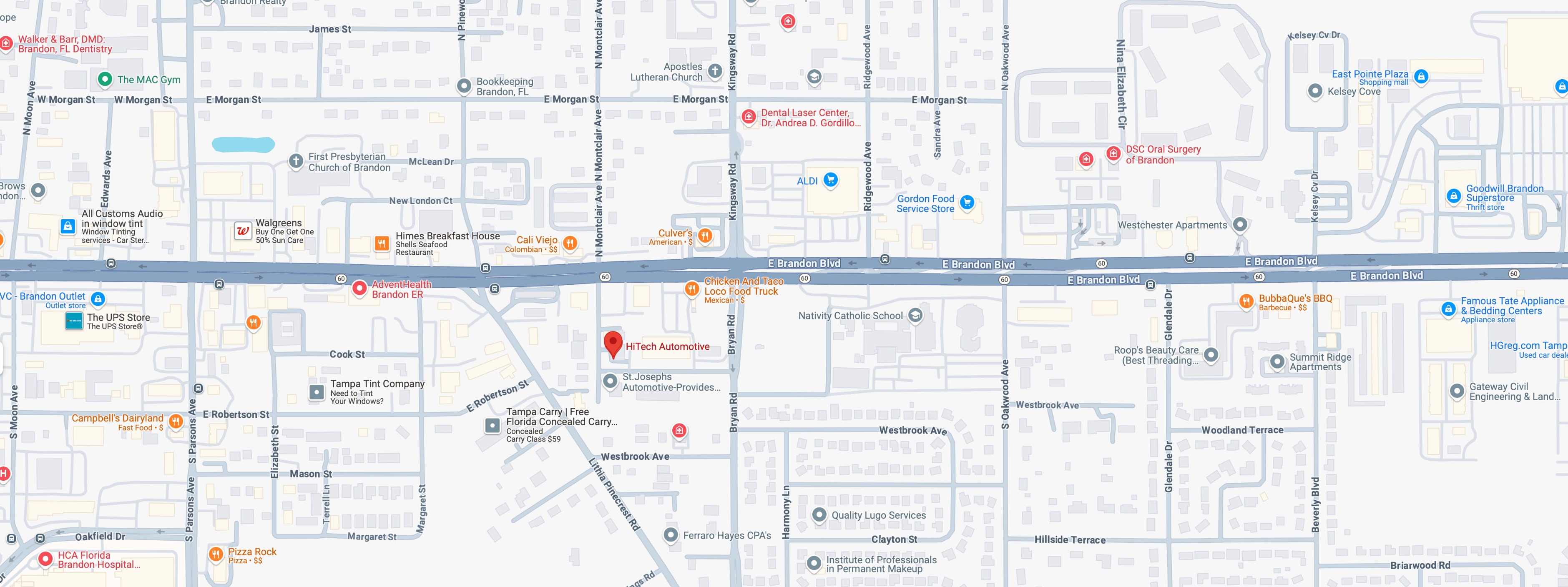Nothing puts a damper on your day quite like turning your car key and getting nothing in response. A dead car battery can leave you stranded at the worst possible moment, whether you’re heading to work or trying to get home. While calling for roadside assistance is always an option, you can save time and money by learning to handle the replacement yourself. Fortunately, replacing a dead car battery is a manageable task—even for beginners.
This step-by-step guide from HiTech Automotive will walk you through everything you need to know to replace a dead car battery safely and effectively.
Step 1: Verify That the Battery Is Dead
Before jumping into a replacement, it’s important to confirm that the battery is actually the problem. If your car won’t start but your lights or radio still work, the issue could lie elsewhere. However, if your car doesn’t respond at all or makes a clicking noise when you turn the key, the likely cause is a dead car battery.
To be sure, use a multimeter to test the voltage. A fully charged car battery should read around 12.6 volts. If it reads 12.0 volts or lower, your battery is either dead or on its last legs. Testing the battery helps you avoid unnecessary replacements and ensures you’re addressing the right issue.
Step 2: Get the Right Tools and Supplies
You’ll need just a few tools and materials to complete the replacement:
A new battery suitable for your vehicle
Wrench or socket set (typically 10mm)
Protective gloves and safety glasses
Battery terminal cleaner or wire brush
Baking soda and water (for cleaning corrosion)
Battery terminal protector or petroleum jelly
Before you buy a replacement, check your owner’s manual or existing battery label for the correct size, terminal configuration, and cold cranking amps (CCA) required for your vehicle.
Step 3: Prepare the Vehicle
Park your car on a flat, stable surface and turn off the engine. Engage the parking brake for added safety. Open the hood and locate the battery—it’s usually found near the front of the engine bay, though some models may have it in the trunk or under the rear seat.
Ensure that you’re in a well-ventilated area, especially if working in a garage. This reduces the risk of inhaling any gases released by the battery.
Step 4: Disconnect the Old Battery
Before touching the battery, put on your gloves and safety glasses. Car batteries can emit flammable gases and contain corrosive acid.
Disconnect the negative terminal first. This is usually the black cable marked with a minus sign (-). Use your wrench to loosen the nut and gently remove the cable. Tuck it away from the battery.
Disconnect the positive terminal next. It’s typically red and marked with a plus sign (+). Repeat the same process.
Always remove the negative cable first and reconnect it last to reduce the risk of short circuits.
Step 5: Remove the Dead Battery
Most batteries are held in place by a bracket or clamp. Use your wrench to remove any fasteners, then lift the battery straight out of the tray. Be careful—car batteries can weigh between 30 and 50 pounds.
Place the battery upright on the ground, away from pets or children. Do not tilt or drop it, as the acid inside can leak and cause injury.
Step 6: Clean the Battery Tray and Terminals
While the old battery is out, take a moment to clean the battery tray and cable ends. Use a mixture of baking soda and water with a wire brush to remove any corrosion. Rinse and dry the area thoroughly.
Apply a small amount of battery terminal protector or petroleum jelly to the cable ends. This helps prevent corrosion and ensures a solid connection with the new battery.
Step 7: Install the New Battery
Carefully lower the new battery into the tray, making sure it sits flat and that the terminals are in the correct orientation to match the cables.
Reattach the hold-down bracket or clamp to keep the battery secure.
Connect the positive cable first, tightening it with your wrench.
Connect the negative cable last and tighten as well.
Make sure both terminals are secure and there’s no movement.
Step 8: Test Your Work
Close the hood and get inside the vehicle. Turn the key or press the start button. If your engine starts immediately and the lights and electronics function normally, the installation was successful. If not, double-check that the terminal connections are tight and that the battery is seated properly.
It’s a good idea to reset your clock, radio presets, and any saved driving settings, as these may have been lost during the battery swap.
Step 9: Dispose of the Old Battery Responsibly
Never dispose of a dead car battery in the trash or a landfill. Car batteries contain lead and acid, which are hazardous to the environment. Bring your old battery to an auto parts store, recycling center, or HiTech Automotive location for safe disposal. Many stores offer a core charge refund or credit when you return the used battery.
Preventing Future Battery Issues
Now that you’ve successfully replaced your dead car battery, it’s worth learning how to extend the life of your new one. Here are a few tips:
Drive your car regularly to keep the battery charged.
Turn off lights and electronics when the engine is off.
Check the terminals for corrosion every few months.
Replace your battery every 3 to 5 years, even if it still seems to be working.
Conclusion
Dealing with a dead car battery doesn’t have to mean waiting for help or paying for roadside service. With a few basic tools and a little know-how, you can replace your battery yourself and get back on the road with confidence. To learn more about what tools you should buy to keep in your vehicle, click here. For high-quality batteries, tools, and expert advice, stop by HiTech Automotive—your trusted partner in auto care. To schedule an appointment today, click here.












